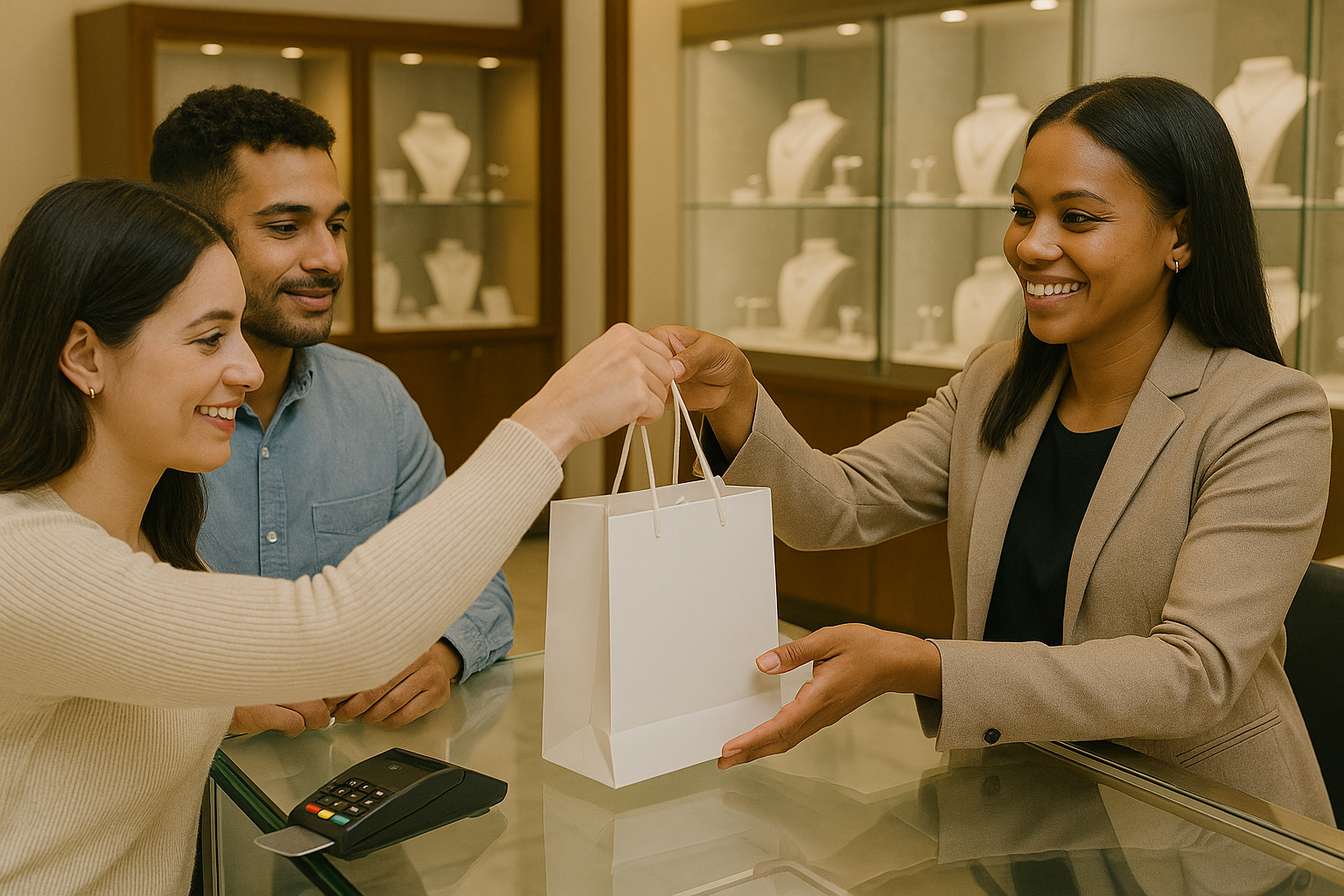In the wake of the COVID-19 pandemic that reshaped our lives, industries, and societies, a new era of consumer behavior and consumer demands has emerged. As the world takes cautious steps towards recovery, businesses are faced with an evolving landscape, where traditional expectations have shifted, and new trends have taken hold.
The post-pandemic era has given rise to a more interconnected consumer, a modern consumer who seeks meaning, value, and experiences that resonate with their transformed priorities. So how can retailers keep up with these new needs and make sure they're taking a client-centric approach?
In this article, we'll cover a few retail trends we've seen that will help your retail business succeed (despite the challenges of the past three years) and how Clientbook can help you in these efforts.
Get our guide for a take-home resource for succeeding in retail in 2023
What are consumers looking for in a post-pandemic world?
We know that consumer behavior has changed since the pandemic—but how exactly? Let's get into current consumer trends and what people are actually looking for when they head back to brick-and-mortar stores and online spending.
1. Community
Local businesses: Consumers are showing a strong inclination towards supporting local businesses and communities, finding meaning in the unique offerings they bring to the table. According to Serpwatch, 54% of customers shop locally at least once a month. Moreover, 8 in 10 customers would spend more money if it went to a local business, and 82% said they would rather support local shops than a large corporation.
This is a significant portion of consumers! More and more, people are investing in their communities to support and uplift the efforts of the people who live around them.
Social responsibility: Brands that prioritize community well-being, social impact, environmental issues, and sustainable products are gaining popularity among consumers who want to align their values with their purchasing decisions. Environmental impact is a major factor in how a consumer decides to engage with a retail brand.
Virtual communities: The pandemic has propelled the growth of online communities through social media platforms where consumers can connect, share experiences, and find like-minded individuals, leading to more brand loyalty and interaction. This has proven to be a successful marketing strategy to gain more connection with a brand's community.
2. Personalized experiences
Product recommendations: Consumers appreciate tailored product suggestions based on their past purchases, browsing history, and preferences. These recommendations can help them discover new products and make informed purchasing decisions. Little efforts like these make a big impact in customer experiences. Personalization matters in retail!
Customized offers and discounts: Whether online shopping or in a physical store, personalized discounts or offers that align with a consumer's shopping habits or previous interactions with a brand can incentivize purchases and create loyal customers.
Individualized communication: Consumers prefer receiving relevant and timely communications from brands. This could include personalized emails, SMS messages, or app notifications about new arrivals, restocks, or promotions. These individualized communications can lead to better customer reviews and a smoother customer journey.
3. Connection
Emotional engagement: This new consumer landscape asks for more than just great products and customer service. American consumers are looking for emotional engagement in their everyday lives. Consumers are looking for brands that can evoke emotions, empathy, and a sense of belonging, creating deeper connections beyond transactional relationships.
Authenticity and transparency: Transparent communication, genuine interactions, relationship building, and honest brand narratives are essential for building meaningful connections with consumers who value authenticity.
4. Seamless integration between online and in-store experiences
Omnichannel approach: Consumers want a consistent and seamless experience across various touchpoints, whether they're shopping online, in-store, or through mobile apps. This is known as omnichannel retail. At this point in time, fewer people are exclusively in-store shopping, and more people mix it up with online shopping and hybrid shopping.
Click-and-collect and curbside pickup: The convenience of online ordering coupled with safe and quick pickup options at a physical store has become a staple for consumers, blurring the lines between online and offline shopping.
Augmented reality (AR) and virtual reality (VR): These technologies are enhancing in-store experiences by allowing consumers to visualize products before purchase and virtually try them on.
How Clientbook can help
Clientbook is a clienteling platform made to help retail sales associates build relationships with their customers. With 11K+ active users, Clientbook has leveled up the way retail functions.
Rather than just focusing on the sale, Clientbook's messaging features allow genuine communication between a sales associate and a customer. Clientbook's personalized customer profiles help associates gather and utilize data to tailor recommendations, offers, and communications to individual customers' preferences and behaviors.
Clientbook provides analytics tools for tracking customer interactions and shopping behaviors, enabling employees to offer personalized service, remember past preferences, create customized wishlists, and remember important milestones like birthdays and anniversaries.
Clientbook's omnichannel features ensure that customer interactions and data are consistent across online and in-store platforms, providing a seamless experience as customers move between these channels.
All in all, Clientbook's features provide effective strategies for improving the customer experience in a post-pandemic world.
Conclusion
It's clear that the retail landscape has changed because of the pandemic. Consumers require shopping experiences that are new, meaningful, and personalized.
With Clientbook, this becomes an easy, manageable task. To see how Clientbook can meet the needs of your retail clients in this new way of navigating retail spaces, book a demo today.





